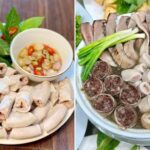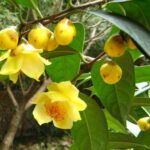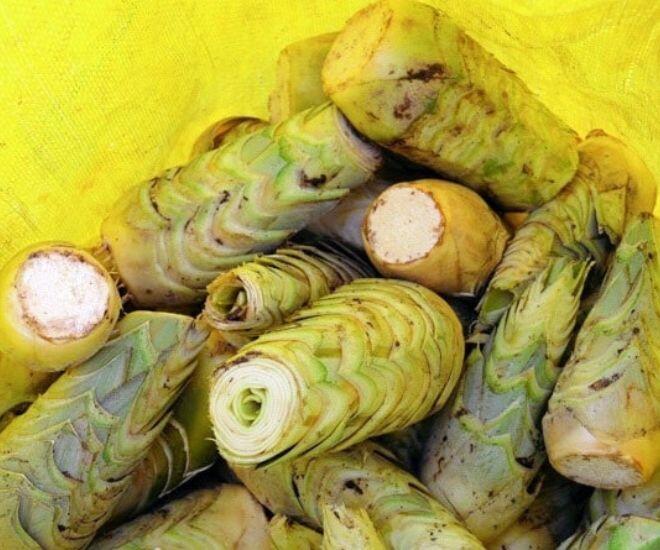
In Vietnam, the three most commonly cultivated pineapple varieties are Queen (spiny pineapple), Cayenne (honey pineapple), and MD2 (golden pineapple). Pineapples are loved not only for their sweet taste and distinctive aroma but also for their high nutritional value. They are rich in sugar, calories, minerals, and essential vitamins. Besides being consumed fresh, pineapples are used in various rustic dishes such as stir-fried pineapple with meat, pineapple soup, or as an ingredient in the juice industry, exported to many markets. Even the leaves and fibers are utilized for papermaking and textiles, while the leftover fruit pulp is fed to livestock or used as fertilizer. Especially during the Tet Holiday, the people in the Mekong Delta region creatively cultivate unique pineapple varieties like “khom son” and “khom phung” for decoration, symbolizing good luck and prosperity.
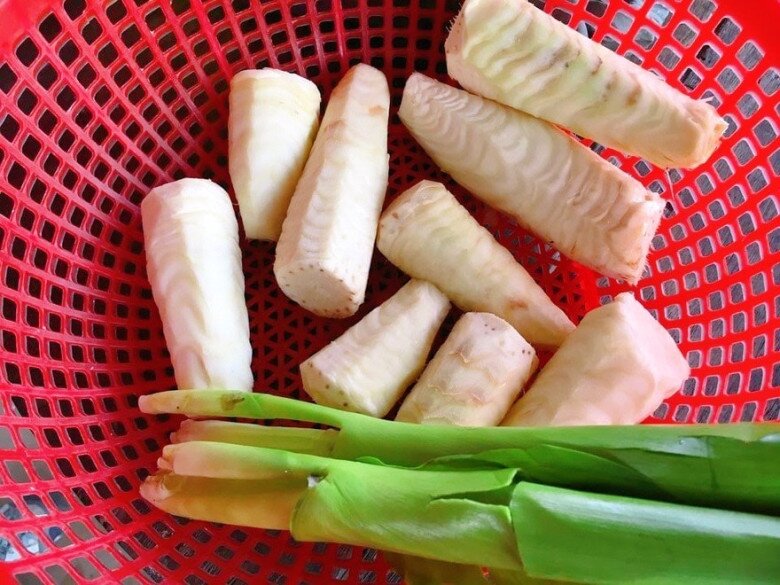
While pineapples are grown throughout the country, “cu hu khom” (pineapple heart) is a rare specialty unique to the Hau Giang province. To witness the vast pineapple fields, visitors can travel to Vi Thanh and follow the Cai Lon River. However, despite the large cultivation area, pineapple hearts are not always available. This is because farmers primarily grow pineapples for their fruit and not specifically for the hearts.
Pineapple hearts can only be harvested when farmers uproot the older plants to make way for new ones. Pineapple is a perennial plant that bears fruit after about eight months, with harvests occurring every four months. After approximately 24-30 months, when the plant ages, farmers will remove it to replant. This brief window presents the opportunity to collect the coveted pineapple hearts. To obtain this precious core, one must uproot the entire plant, cut the young stem from the old pineapple base, and peel away the outer layer to reveal the white-yellow inner core. Notably, only “awakened” pineapple hearts possess the distinctive sweet taste; older shoots tend to be tough and bitter, rendering them unusable.
Given their scarcity and intricate harvesting process, pineapple hearts were once considered a delicacy reserved for honored guests. This dish demands precision from the very beginning of the preparation process. Once cleaned, the pineapple hearts must be immediately soaked in salted water and briefly boiled. While it may seem simple, this boiling step is crucial; under or overcooking the hearts will result in bitterness, ruining the flavor of the dish.
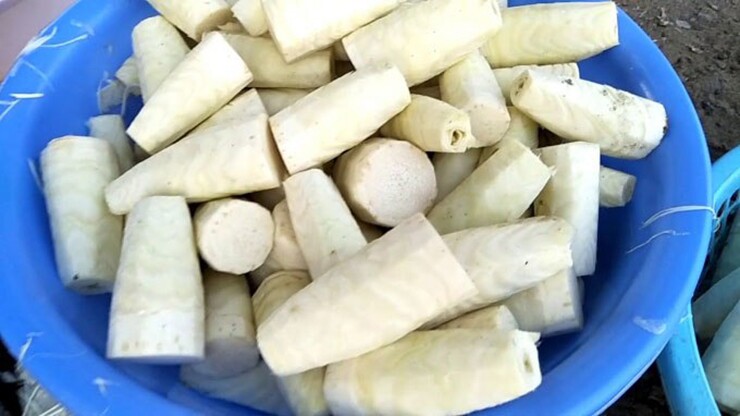
The pineapple heart was once a serendipitous discovery by farmers working in the fields. Legend has it that they noticed a discarded pineapple by the roadside, peeled back its outer layers, and discovered the delicious inner core. Initially, the dish was simply stir-fried pineapple hearts, but over time, the creativity of the people in Hau Giang gave rise to numerous captivating dishes.
Among them, the most renowned and prevalent is the pineapple heart and shrimp salad. This dish is favored for its simplicity, rapid preparation, and harmonious blend of crisp and sweet flavors. Additionally, pineapple hearts are transformed into other unique dishes such as bamboo shoots stir-fry, Vietnamese pancakes, pickled pineapple hearts, pineapple heart and pork hock stew, stir-fried pineapple hearts with shrimp, soup, and stir-fried pineapple hearts with beef.
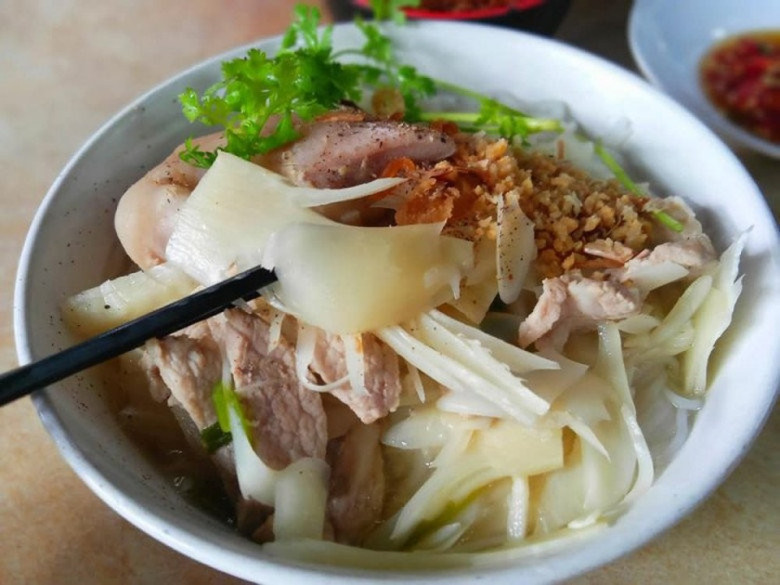
In recent years, with technological advancements, pineapple hearts have transcended the boundaries of Hau Giang. They have ventured beyond local markets and made their way onto e-commerce platforms and online marketplaces. Cleaned, vacuum-sealed, or chilled in zip bags, these pineapple hearts are sold for approximately 70,000 VND per kilogram. This unique specialty has quickly captivated homemakers, becoming one of the best-selling items. Many diners who sampled stir-fried pineapple hearts with beef for the first time were left with a lasting impression of its crisp texture and subtle, refreshing sweetness.
Pineapple hearts are not just a culinary delight but also a testament to the ingenuity and creativity of the people of Hau Giang. They have transformed what was once considered a discardable part of the pineapple into a specialty that embodies the essence of the Mekong Delta, a precious gift from the land and its people.
The Superstitions of the Sixth Lunar Month: Attract Wealth and Ward Off Bad Luck with These Three Simple Tricks
The full moon of the sixth lunar month is a unique and special occasion. It is believed that offering prayers and making offerings on this day can bring good fortune and blessings. However, it is important to keep in mind certain considerations to ensure that your worship is respectful and brings positive outcomes.



























